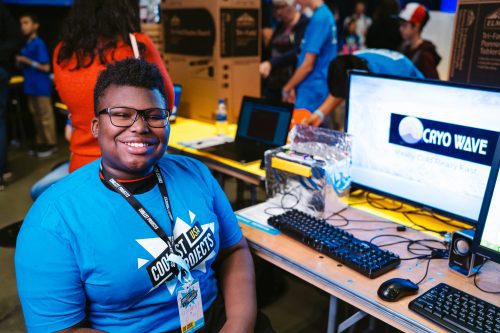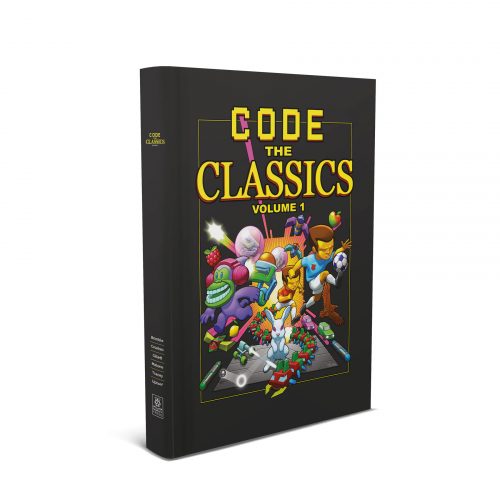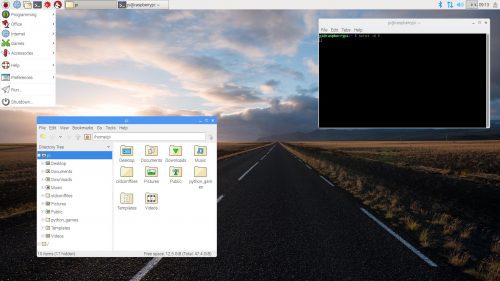Schlagwort: eben upton
-

Super cool favourites picked by fabulous judges
Reading Time: 3 minutes[youtube https://www.youtube.com/watch?v=iSQykQCXeug?feature=oembed&w=500&h=281] We’re delighted to announce that our special judges — Eben Upton, Hayaatun Sillem, Limor Fried, Mitch Resnick, and Tim Peake — have chosen their favourite projects from the Coolest Projects online showcase! Young tech creators from 39 countries are part of the showcase, including from Ireland, Australia, Palestine, UK, USA,…
-

Code the Classics on sale now
Reading Time: 4 minutesTL;DR: we made a fully automated luxury gay space communist type-in-listing book. Buy it now and get it in time for Christmas. Back in the dawn of time, in the late 1980s, I grew up on a diet of type-in computer game listings. From the BBC Micro User Guide, to The Micro…
-

Learn to write games for the BBC Micro with Eben
Reading Time: 5 minutesLong-time fans of the Raspberry Pi will know that we were inspired to make a programmable computer for kids by our own experiences with a machine called the BBC Micro, which many of us learned with in the 1980s. This post is the first of what’s going to be an irregular series…
-

Continued: the answers to your questions for Eben Upton
Reading Time: 8 minutesLast week, we shared the first half of our Q&A with Raspberry Pi Trading CEO and Raspberry Pi creator Eben Upton. Today we follow up with all your other questions, including your expectations for a Raspberry Pi 4, Eben’s dream add-ons, and whether we really could go smaller than the Zero. Live…




